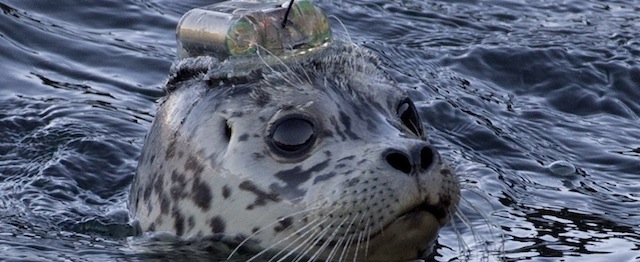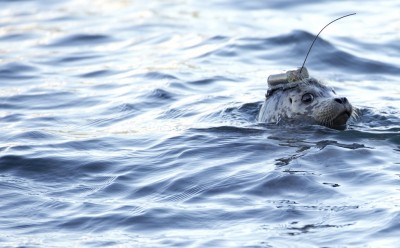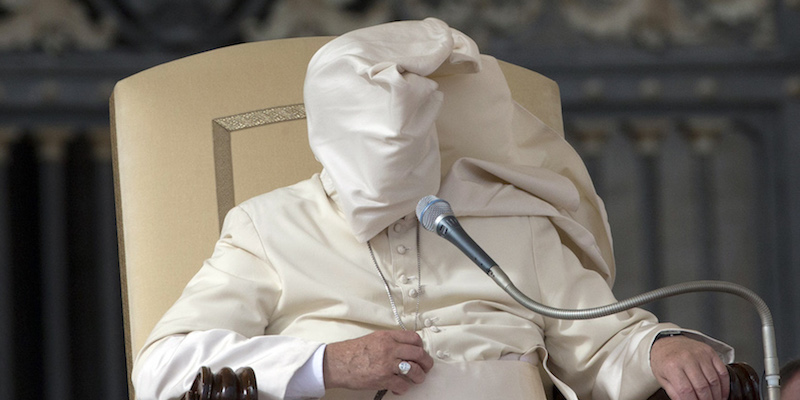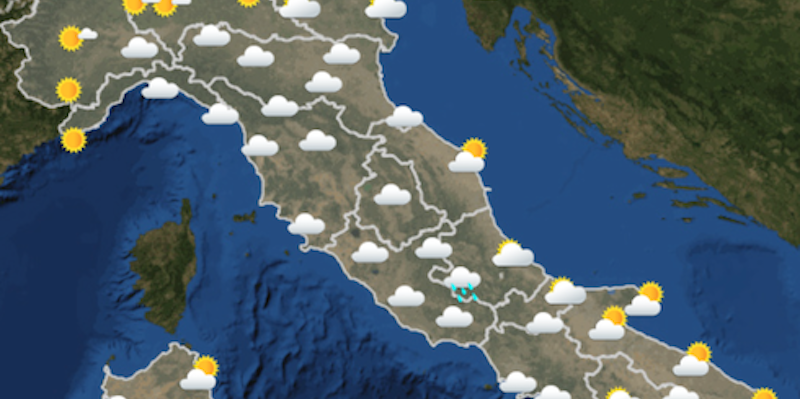Le foche con i trasmettitori satellitari in testa
Le ha liberate nell'oceano l'acquario di Vancouver, che così terrà sotto controllo i loro movimenti

altre
foto
Mercoledì 20 novembre l’Acquario di Vancouver, in Canada, ha liberato nell’Oceano sette foche nate da poco: a cinque di loro i funzionari dell’acquario hanno posizionato sulla testa dei trasmettitori satellitari, che forniranno alla struttura la posizione e i loro movimenti mentre fanno ritorno al loro ambiente naturale. Martin Haulena, membro dello staff dell’acquario, ha detto che le informazioni recuperate dai trasmettitori satellitari aiuteranno a stabilire quali sono le condizioni ideali per la liberazione delle foche e quali modifiche si dovranno apportare al programma di riabilitazione adottato dalla struttura. I trasmettitori costano circa 1500 dollari ciascuno, a cui vanno aggiunti 200 dollari al mese necessari per il monitoraggio: la loro batteria dura circa un anno, ma potrebbero anche sganciarsi dalla testa delle foche prima di allora.









